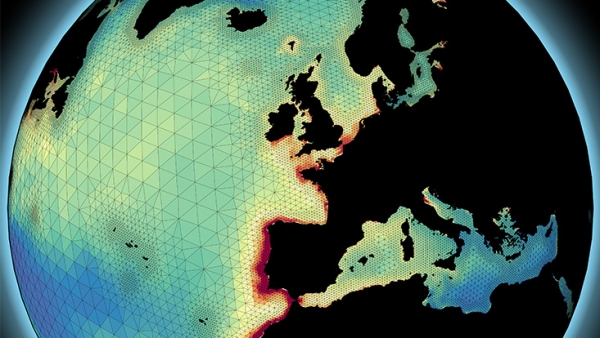Coastal seas form a complex transition zone between the two largest CO2 sinks in the global carbon cycle: land and ocean.
Coastal seas form a complex transition zone between the two largest CO2 sinks in the global carbon cycle: land and ocean. Ocean researchers have now succeeded for the first time in investigating the role of the coastal ocean in a seamless model representation. The team led by Dr. Moritz Mathis from the Cluster of Excellence for Climate Research CLICCS at Universität Hamburg and the Helmholtz-Zentrum Hereon was able to show: The intensity of CO2 uptake is higher in coastal seas than in the open ocean. This is evidenced by a study published in the journal Nature Climate Change.
To counteract ongoing climate change, it is important to understand how CO2 emissions are distributed. And which exchange processes between the atmosphere, ocean and land regulate the distribution. Methodological developments in recent years have allowed for a more flexible inclusion of physical and biogeochemical processes in climate models and for capturing individual regions with higher resolution. Researchers from the Cluster of Excellence "Climate, Climatic Change, and Society" (CLICCS) have taken advantage of this. In collaboration between Helmholtz-Zentrum Hereon, Universität Hamburg, Max Planck Institute for Meteorology and University of Bern, they have developed a new type of ocean model that can efficiently simulate the transport, storage and turnover of carbon in the global coastal ocean for the first time: ICON-Coast.
Read more at: University of Hamburg
Photo Credit: Hereon/M.Mathis




